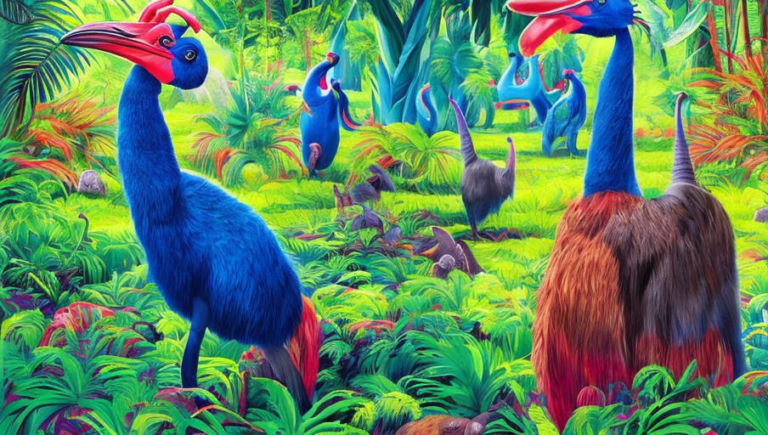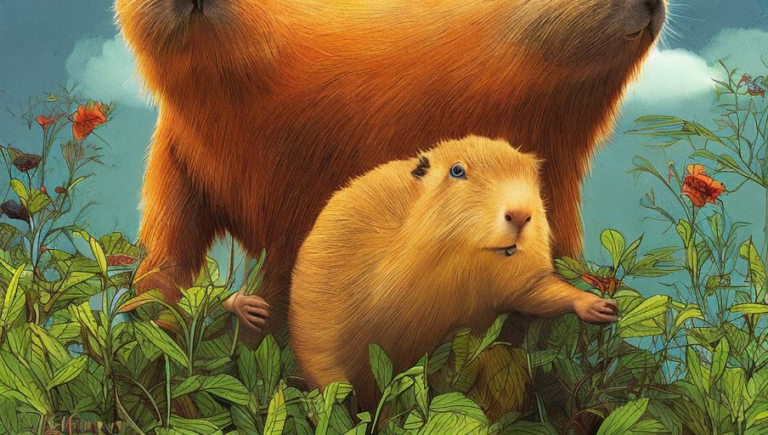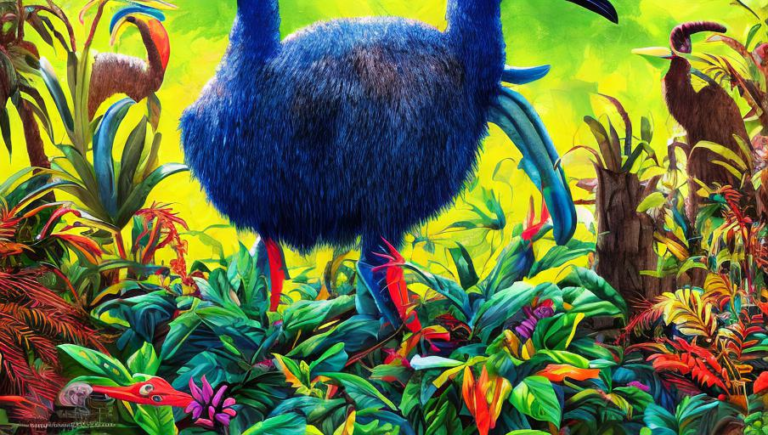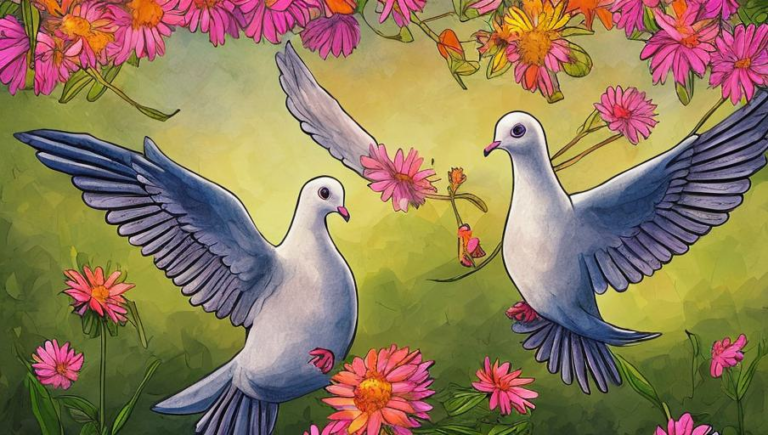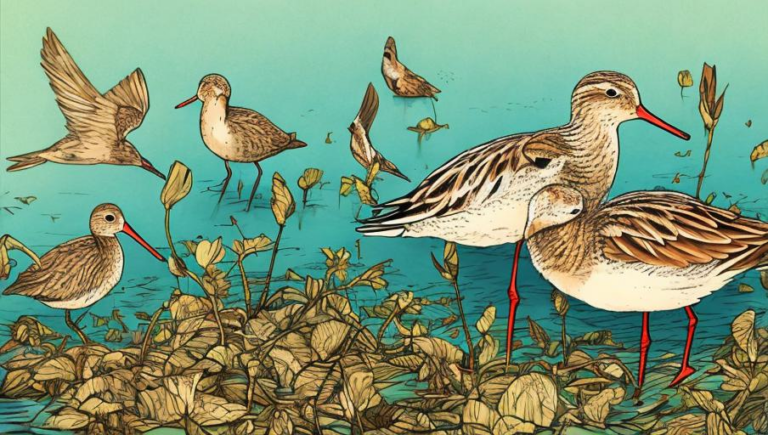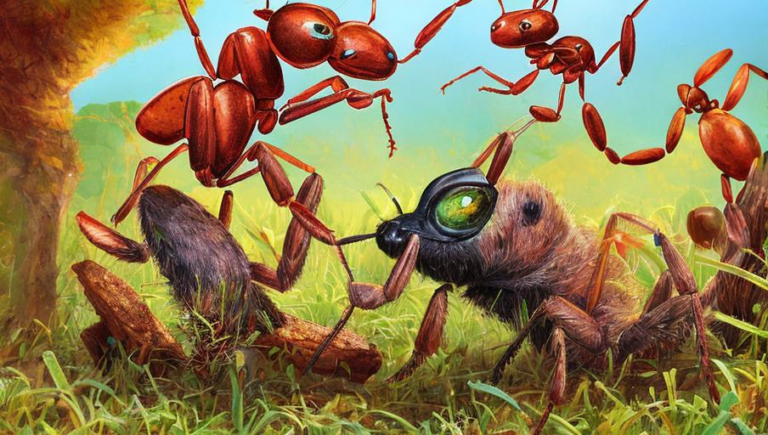The Threats Facing Albatrosses
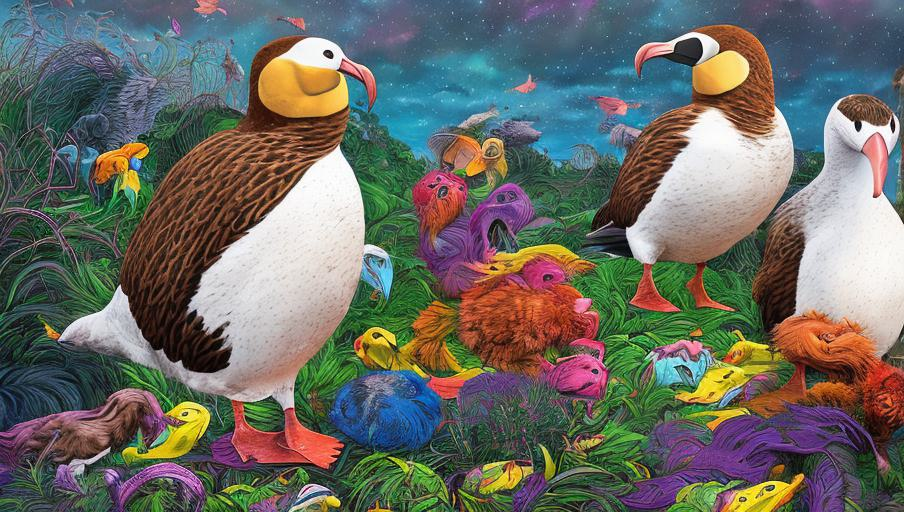
Introduction
Albatrosses are some of the most majestic birds in the world, with a wingspan that can reach up to 3.5 meters! They are also one of the longest living birds, with lifespans that can reach up to 50 years. Unfortunately, due to a variety of threats, albatrosses are at risk of becoming extinct in some parts of the world. In this article, we will explore the various threats facing albatrosses and what can be done to protect them.
Habitat Destruction
Habitat destruction is one of the most significant threats to albatrosses. As humans continue to develop land for agricultural and urban purposes, albatrosses are losing their nesting grounds. Additionally, rising sea levels and coastal erosion have caused them to lose nesting sites on islands and atolls. This has put a strain on the albatross population, as it is difficult for them to find suitable nesting sites in their current range.
Fishing
The fishing industry is another major threat to albatrosses. Longline fishing is a method of fishing in which a long line with hundreds or even thousands of baited hooks is set out on the ocean. Unfortunately, albatrosses are attracted to the bait and can get caught in the hooks, leading to injury and death. Additionally, the longlines can get tangled in the wings of the albatrosses, causing them to drown. To combat this, regulations have been put in place that require fishermen to use special techniques to reduce the risk of albatrosses getting caught in their fishing lines.
Climate Change
Climate change is another major threat to albatrosses. The warming of the oceans has caused the albatrosses to have to travel further and further to find food, leading to increased energy expenditure. Additionally, rising sea levels have caused the albatrosses to lose their breeding sites and nesting grounds on islands and atolls. Furthermore, the changing climate has caused extreme weather events, such as cyclones and floods, which can also result in the loss of albatross nesting sites.
Pollution
Pollution is another major threat to albatrosses. Plastic pollution has been a major issue for albatrosses, as the birds often mistake plastic for food and ingest it, leading to injury and death. Additionally, chemical pollution from oil spills can also have a detrimental impact on albatrosses, as the chemicals can contaminate their food and cause illness or death.
What Can Be Done?
There are a variety of things that can be done to protect albatrosses and ensure their survival. Firstly, efforts must be made to reduce the impact of habitat destruction and climate change, such as by reducing CO2 emissions and protecting coastal habitats. Secondly, regulations must be put in place to reduce the impact of fishing on albatrosses, such as requiring fishermen to use special techniques to reduce the risk of albatrosses getting caught in their fishing lines. Finally, efforts must be made to reduce plastic and chemical pollution, such as by reducing the use of single-use plastics and implementing regulations to reduce the risk of oil spills.
Conclusion
Albatrosses are some of the most majestic creatures in the world and are unfortunately at risk of becoming extinct due to a variety of threats. To protect albatrosses, it is essential that we take action to reduce the impact of habitat destruction, fishing, climate change, and pollution. We must all do our part to ensure that these majestic creatures can continue to thrive in the wild for generations to come.
